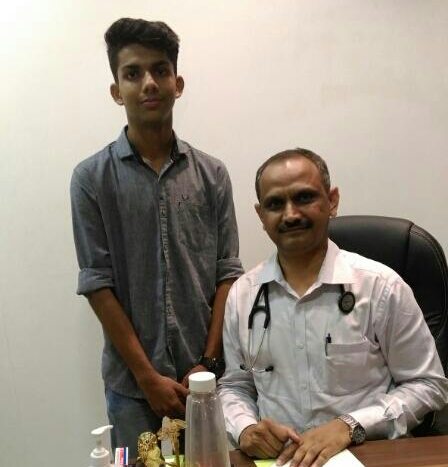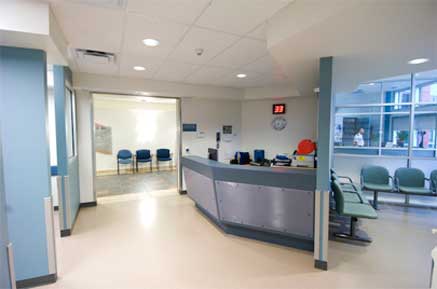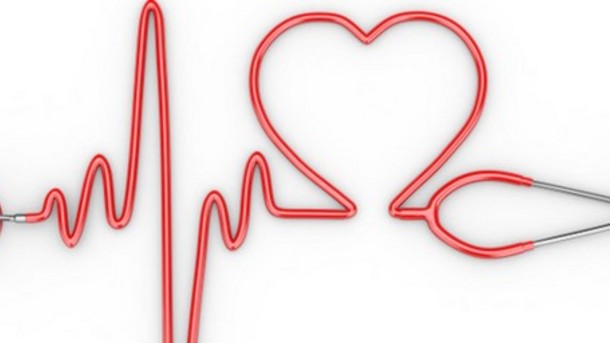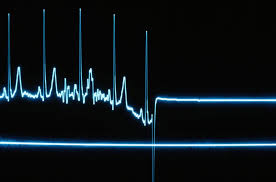Speciality
Coronary angioplasty and stents
Coronary angioplasty is an interventional procedure that helps in unblocking clogged arteries of the heart. Coronary angioplasty is also known as Percutaneous Coronary Intervention (PCI). The procedure involves temporary insertion of a catheter into the clogged artery. Once the catheter is positioned, the balloon tip is inflated against the artery wall that helps in widening up the artery to boost blood flow.
Individuals with weak arteries are cured with angioplasty combined with the permanent placement of a tiny mesh tube called a stent. The coronary stent prevents the feeble arteries of the heart from narrowing down or being blocked again in the future. There are Drug-Eluting-Stents and Bare-metal-Stents available that help in unblocking arteries.
The primary purpose served by the Angioplasty procedure is to broaden up blocked arteries, provide relief from chest pain, and discomfort while breathing. Surgeons may also perform angioplasty when an individual suffers from a heart attack. The procedure helps in widening the arteries and reduces the damage taken by the heart.






